The Ripple Effect: Uncovering the True Cost of Unemployment Claims to Businesses

When it comes to unemployment claims, businesses often focus on the upfront costs of defense. However, this narrow view overlooks the deeper financial repercussions that follow a lost claim. The true expense for a company is not measured by the costs you pay for an unemployment vendor, but in the aftermath of lost claims resulting in elevated unemployment insurance (UI) tax rates. This cost, typically calculated over a three-year period, can significantly impact a company’s financial landscape as each unemployment claim awarded against a company can inflate its UI tax rates for up to three years. We will delve into how a company’s UI tax rate is determined, how unemployment claims are funded, and the importance of strategic management to mitigate these hidden costs.
How Unemployment Insurance Tax Rates Are Determined
A company’s UI tax rate is not static; it fluctuates based on the company’s history of unemployment claims and its overall payroll size. This system, known as “experience rating,” is designed to allocate the cost of unemployment benefits more fairly among employers. Here’s a simplified breakdown of how it works:
Experience Rating: Employers with more former employees filing for unemployment benefits tend to have higher UI tax rates than those with fewer claims. This method aims to encourage employers to maintain stable employment.
Taxable Payroll: The total amount of payroll that is subject to UI taxes also plays a crucial role. Each state sets a “taxable wage base,” which is the maximum amount of wages per employee that the UI tax rate applies to.
State-Specific Factors: Each state has its formula for calculating UI tax rates, considering factors like the state’s unemployment insurance trust fund’s health and economic conditions.
Funding Unemployment Claims: The Employer’s Role
Unemployment benefits are funded through taxes paid by employers. Each state collects UI taxes from employers and deposits them into the state’s unemployment insurance trust fund. When a former employee files a successful unemployment claim, benefits are paid out from this fund. The principle is straightforward: the more claims paid out to former employees of a company, the higher the UI tax rate for that company, reflecting the increased risk or burden it places on the system.
Consider a company with a taxable payroll of $35,000,000, initially subject to a UI tax rate of 1.5%. This rate results in unemployment tax premiums of $525,000. If unemployment claims against the company rise, causing the UI tax rate to increase to 4.5%, the premiums would surge to $1,575,000. This scenario illustrates the direct link between the frequency and amount of unemployment claims and the financial burden on a company through increased UI tax rates.
The Cost of Inadequate Preparation
Inadequate preparation and documentation can exacerbate the financial repercussions of unemployment claims. Proper documentation of employment actions is not just about maintaining records; it’s about building a defense mechanism against unwarranted claims that can drive up UI tax rates. Without it, companies find themselves at a disadvantage, often resulting in lost appeals and higher taxes.
Implementing a Proactive Strategy
To mitigate the risk of rising UI tax rates, companies must adopt a comprehensive approach to unemployment claim management, emphasizing:
Thorough Documentation: Detailed records of employment actions, including pre-termination consultations with each employee to ensure proper documentation, provide the necessary evidence to contest unwarranted unemployment claims effectively.
Effective Training: Managers and HR personnel should be well-versed in the procedures for documenting employment actions and the broader implications of unemployment claims.
Regular Audits: Periodic reviews of employment documentation and claim management processes can identify vulnerabilities, allowing for timely corrective actions.
The hidden costs of unemployment claims, reflected in increased UI tax rates, underscore the need for strategic management and thorough preparation. By understanding how UI tax rates are determined and the role of employers in funding unemployment claims, businesses can better navigate the complexities of the system. Implementing a proactive strategy not only strengthens a company’s defense against potential claims but also safeguards its financial health against the unpredictable waves of unemployment claims.
Get a free unemployment claims projection and learn how we save employers up to 40% or more on their unemployment costs.





